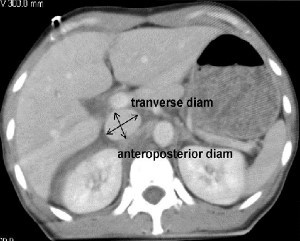Every trauma professional knows that seat belts save lives. Numerous studies have borne out the survival benefits of wearing them. But do those same professionals practice what they preach?
A recent study by NHTSA study showed that at least 42% of police officers killed in car crashes were not wearing their seat belts. The number of officers killed in traffic accidents in 2010 has increased by 43% over 2009 numbers. Possible reasons may be that seat belts impede the process of getting into and out of the car quickly, and that the belt may get tangled in utility and gun belts.
What about paramedics and EMTs? I couldn’t find any studies looking at this group. However, observation tells me that medics in the patient care compartment don’t always buckle up. The reason typically given is that wearing a belt may compromise patient care by limiting access to equipment, using the radio, or performing CPR. However, I think that patient care is even more limited if the EMS professional is disabled or killed in a rig crash. The patient is much more likely to survive such a crash since they are firmly strapped into place.
How can you stay safe in the back?
- Make a commitment to your colleagues (and family) to always belt in
- If appropriate, try to do as much of your assessment and interventions as possible before moving
- Organize your work area so that commonly used and critical equipment is within easy reach
- Use a cell phone for communication if the radio mic is too far away
- If you absolutely do need to unbelt, try to do so only when the rig is stopped at a light or stop sign.
I’m interested in your comments about how common of a problem this really is. Unfortunately, I don’t think NHTSA will be doing any studies on this one.


